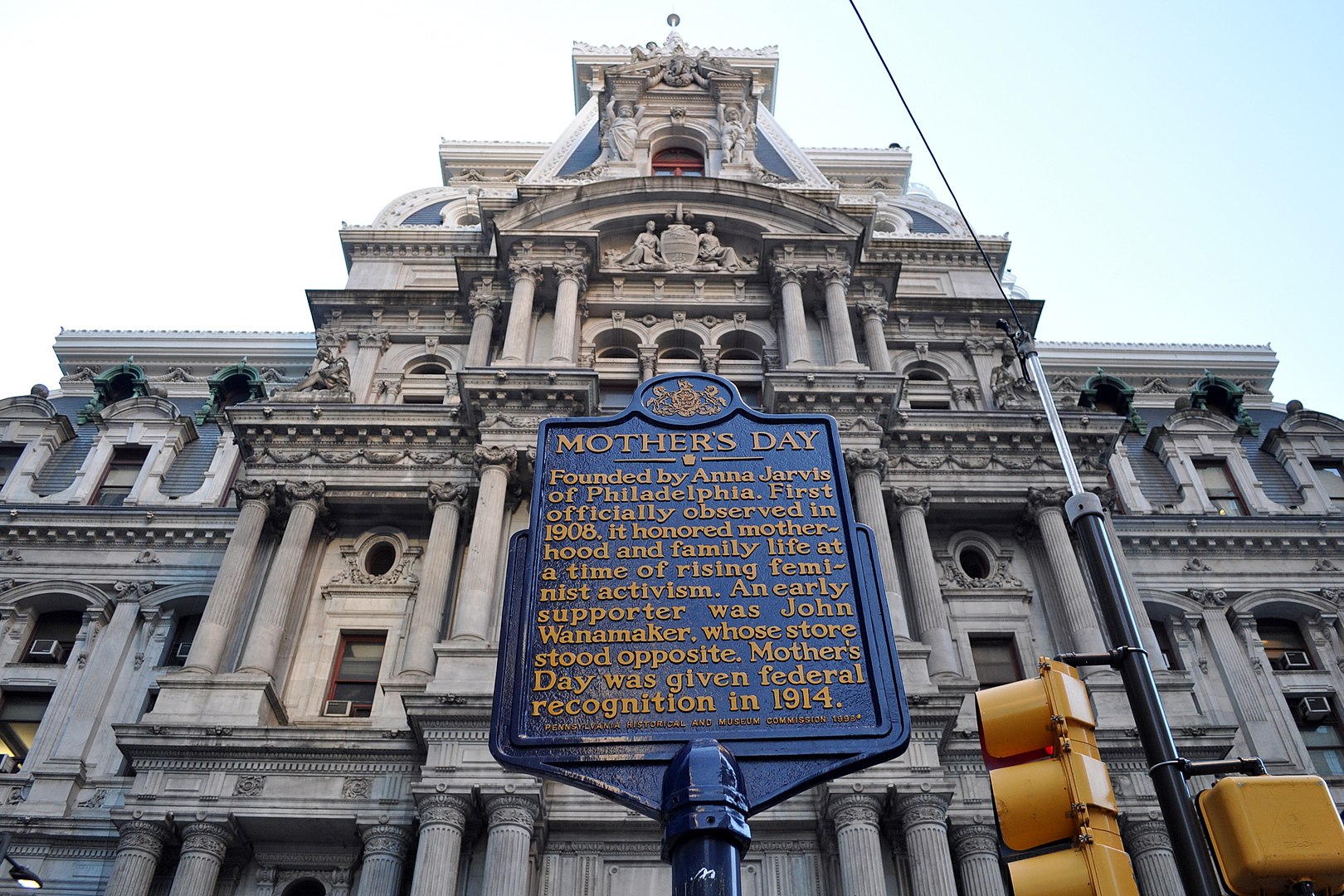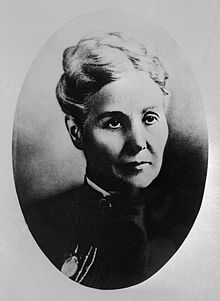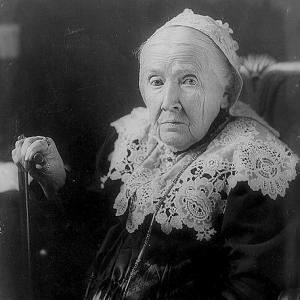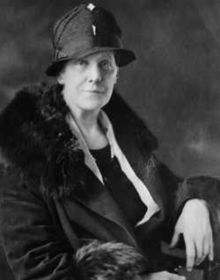Mother’s Day is more than just a day for brunch and flowers. It has a rich history rooted in activism for peace, social welfare, and of course, honoring mothers.
The Three Mothers of Mother’s Day
The story starts not with one, but three remarkable women: Ann Reeves Jarvis, Julia Ward Howe, and Anna M. Jarvis.
-
Ann Reeves Jarvis: A social activist in the mid-1800s, Ann Reeves Jarvis organized mothers to improve sanitation and reduce infant mortality in West Virginia. She also championed “Mothers’ Friendship Day” to promote peace after the Civil War.
-
Julia Ward Howe: A famous poet and reformer, Julia Ward Howe called for a “Mother’s Day for Peace” around 1870. She believed mothers, as the bearers of children, had the power to prevent war.
-
Anna M. Jarvis: Inspired by her mother’s activism, Anna campaigned for a national Mother’s Day after her mother’s death in 1905. Anna envisioned a day dedicated to expressing love and appreciation for mothers’ sacrifices.
From Idea to National Holiday
In 1907, Anna held a memorial service in her hometown to honor her mother. This event sparked a movement. Anna tirelessly lobbied for official recognition, and in 1914, President Woodrow Wilson signed a proclamation making Mother’s Day a national holiday on the second Sunday of May.
A Bittersweet Legacy
While Anna achieved her goal, she grew disillusioned with the holiday’s commercialization. She disliked the focus on greeting cards, flowers, and profits over genuine expressions of love.
Mother’s Day Today
Today, Mother’s Day remains a complex celebration. It’s a day to honor mothers and their sacrifices, but it’s also become a significant commercial event.
How to Celebrate Mom in a Meaningful Way
Whether you choose a heartfelt card, a phone call, or a homemade meal, focus on expressing your love and gratitude to your mom.
Remember, the spirit of Mother’s Day aligns best with Anna Jarvis’ original vision: a day to celebrate the love between mothers and their children.













